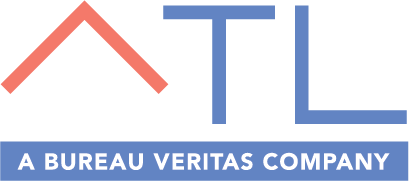It’s no secret that, over the years, business pressures have crept into the lab. Companies are scrambling for new differentiators. Competition is growing and norms are being disrupted, resulting in a new need for speed. And thanks to Wall Street, cost is everyone’s responsibility.
While science has adapted, these realities don’t have to threaten the integrity or effectiveness of scientific work. Science CAN thrive in a business-driven world.
Here are a few common pressures that you might be facing, and what you can do to keep producing the quality scientific results you need, when you need them.
BUSINESS PRESSURE: Fewer projects in the pipeline
SOLUTION: Define and delegate
Producing quality products used to be a competitive advantage. Companies could rely on small innovations—such as new packaging or perfumes—to maintain their edge. Today, quality is a given, and incremental innovations won’t cut it anymore.
To find the next big breakthrough, companies are re-examining their innovation pipelines. They’re no longer investing in dozens of small innovations. Instead, they’re banking on a few big projects. Some brand giants, like L’Oréal, Coca-Cola and Mars, are going as far as investing in accelerators and incubator models.¹
With more pressure to achieve at a higher level, you need to define what’s core to your business. Then, decide how to maximize your internal resources to support those core functions. Delegate anything to an external partner who can let you concentrate on innovation.
It’s critical to enlist a partner whose governance fits your company; who can augment, refine and improve your processes; who is committed to quality and flexibility. So, if there’s a glitch that threatens to pull resources from a key project, your partner can support that function, and you can continue to focus on innovation.
BUSINESS PRESSURE: The need for speed
SOLUTION: Fail fast and move on
With more riding on each project—and increasingly shorter timeframes—you can’t afford to make mistakes along the way. You have to learn lessons in the early stages, and if you need to kill a project, do it quickly without looking back. This is becoming standard in the pharmaceutical world, where only 19% of new drugs make it past the first two testing phases.²
Of course, this means ensuring your science is right. Data must be rock solid. Sophisticated modeling is just one way that technology helps you evaluate multiple scenarios, so you can move forward quickly.
People play a role, too. Everyone on your team—internal and external—must be aligned with your scientific needs and goals. Be clear about what success looks like and the level of observations you expect. Vendors can no longer simply do experiments and provide results. They must quickly get up to speed and work on multiple fronts, allowing you to produce as much quality data as possible, in the shortest amount of time.
BUSINESS PRESSURE: Time crunches and resource cuts
SOLUTION: Streamline and consolidate
Business pressures are forcing science to move faster and cheaper, often with a smaller budget and shrinking headcount. And unfortunately, these decisions are often out of your hands. It may seem like you never have enough time or people.
If you’re stretching your resources while shrinking your timelines, consider finding an experienced scientific partner and co-creating a more comprehensive, consolidated solution. The right partner can manage day-to-day routine functions and also support intricate scientific processes. This allows you to achieve benefits of scale, reduce transactional costs, maintain knowledge continuity, efficiently allocate resources, and streamline your overall processes. So, costs go down, speed goes up and your science gets even stronger.
Even as business pressures pull in different directions, you can stay focused on both superior science and speedy innovation. By defining what’s core to your business, then effectively delegating your internal and external resources, you can deliver exceptional science in today’s business-driven world.
¹2018 Consumer Products Industry Outlook, Deloitte.
²Clinical Development Success Rates (2006-2015), Biomedtracker, Biotechnology Innovation Organization and Amplion.


Recent Comments